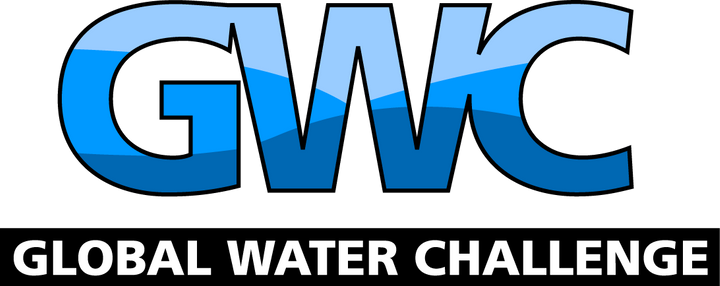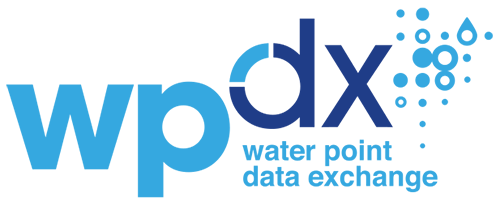About WPdx
The mission of the Water Point Data Exchange (WPdx) is to unlock the potential of water point data to improve rural water services through evidence-based decision-making.
WPdx has three main components
WPdx Data Standard
The WPdx Data Standard was collaboratively designed for data collection from rural areas at the water point or small water scheme level. The core parameters included in the WPdx Data Standard are parameters which are commonly measured by governments, non-governmental organizations, and researchers to enable easy sharing without changing the types of data typically collected. The WPdx Data Standard is managed and updated on an as-needed basis by a Global Working Group. Please check out the entire WPdx Data Standard.
Global Data Repositories
The WPdx Data Repository is a cloud-based data library that enables sharing of global data that is compliant with the WPdx Data Standard. Data is fully open and free to access. Data is machine readable via an API. The repository includes an online data playground for analysis and visualization. To visit the WPdx Global Data Repository, please see here. An enhanced subset of the data, WPdx+ is also available. Please click here to learn more about two datasets.
Decision Support Tools
WPdx currently offers four decision support tools to improve evidence-based decision making. The tools were designed in response to the most frequently asked questions in a survey of government water experts. To learn more about the tools, please see here. The tools include:
- Measure Water Access By District. How many people lack basic access per district? In which districts should investments be focused?
- Prioritize Locations for Rehabilitation. Which rehabilitation would reach the most people? Where are people currently unserved due to a broken water point?
- Prioritize Locations for New Construction. Which new locations would reach the most people? Where are people currently unserved by an existing water point?
- Predict Current Water Point Status. Which water points are at highest risk of failure? Why? Where should preventative maintenance be focused?
WPdx in Action
Check out the links below for more information:
- How WPdx can support reaching the Sustainable Development Goals (SDGs)
- How WPdx Works
- WPdx Illustrative Achievements
How does WPdx work?
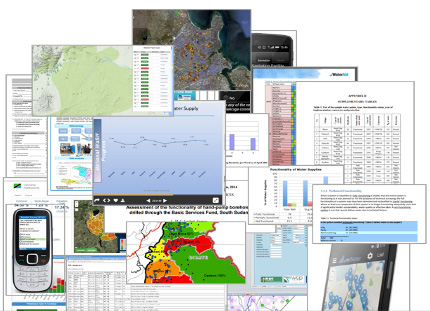

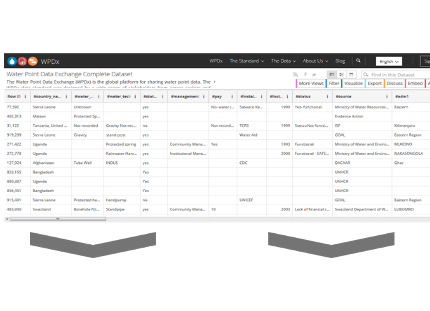
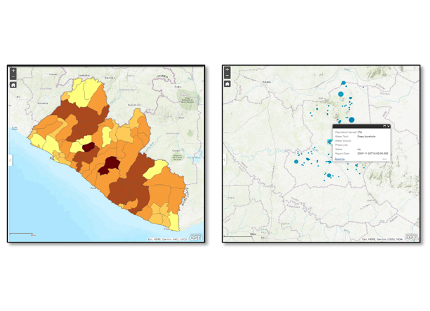
WPdx Working Group
WPdx is governed by a diverse working group of sector leaders.
The current working group is comprised of individuals from the following organizations:
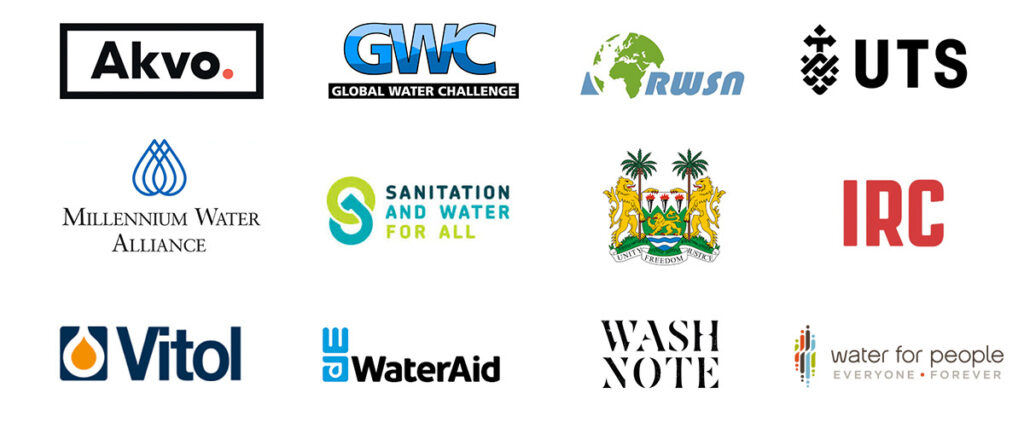
Prior working group members include:
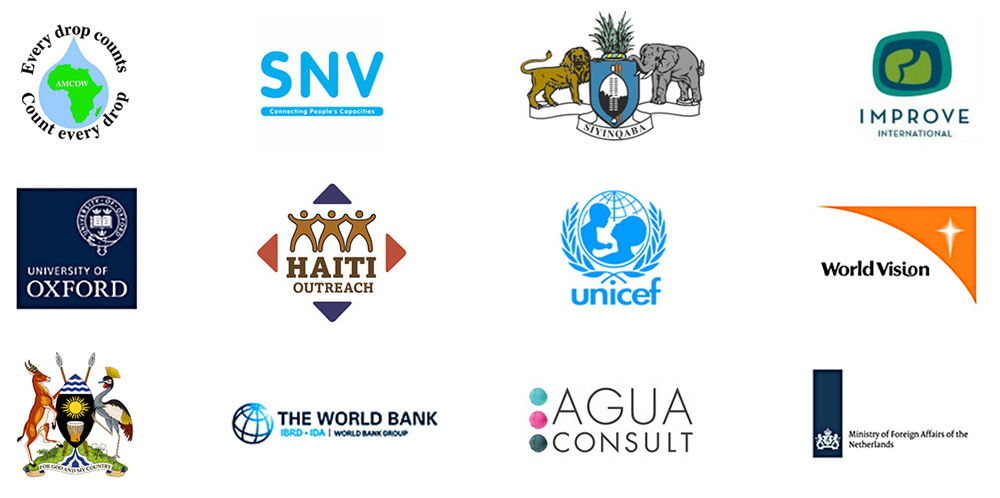

Organization
The Water Point Data Exchange (WPdx) is an initiative of the Global Water Challenge (GWC). GWC is a collation of leading organizations committed to achieving universal access to safe water, sanitation, and hygiene (WASH) and women’s empowerment. With companies, civil society partners and governments, GWC accelerates the delivery of safe water and sanitation and supports gender equality through partnerships that catalyze financial support and drive innovation for sustainable solutions.
